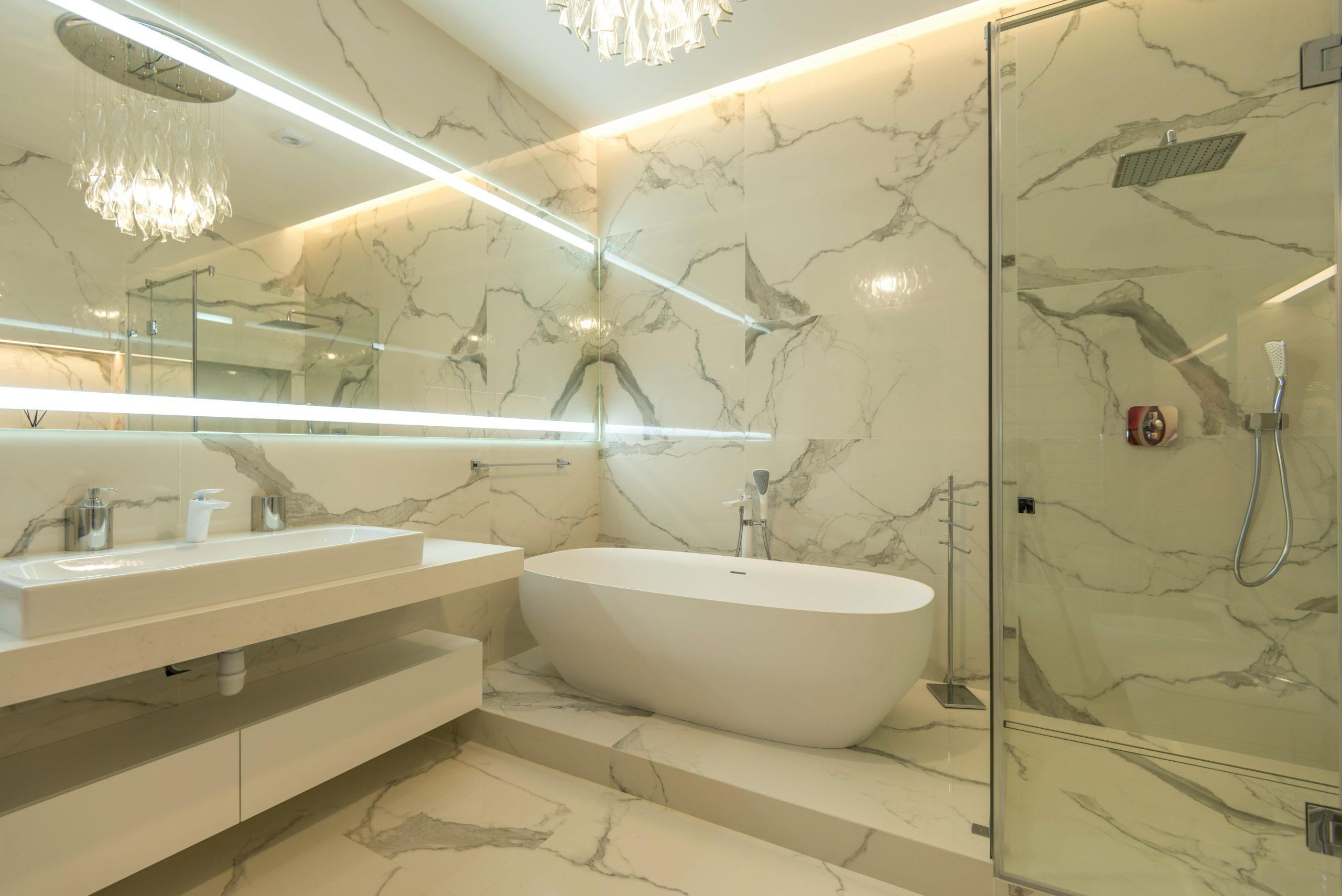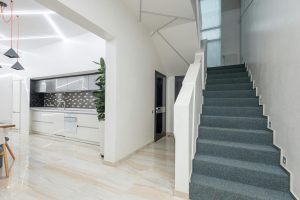The Evolution of Bathroom Design: From Basic Function to Spa-Like Retreats
Bathrooms have come a long way from being a basic, functional space in our homes to becoming a luxurious and tranquil retreat. The evolution of bathroom design is a testament to our ever-changing lifestyles and desires for a more relaxing and rejuvenating experience in our daily routines. From humble beginnings as a simple room for bathing and hygiene, to now being a grand space for unwinding and pampering, the bathroom design industry has seen tremendous growth and innovation. In this article, we will delve into the evolution of bathroom design and how it has transformed from basic function to spa-like retreats.
The Early Days: From Functional to Necessity
In the early days, bathrooms were a luxury that only the wealthy had access to. In fact, it wasn’t until the 19th century that bathrooms became a standard feature in homes. These early bathrooms were small, simple and often shared by multiple family members. They were strictly functional and lacked any sort of design or aesthetic appeal.
As time went on and the standard of living improved, bathrooms became more of a necessity rather than a luxury. The rise of indoor plumbing and advances in technology, such as the invention of toilets and showers, made bathrooms more efficient and convenient. However, they still remained a purely functional space with little attention paid to its design.
The Modern Era: A Shift towards Style and Relaxation
The 20th century marked a significant shift in bathroom design. With the rise of the middle class and a growing interest in home décor, bathrooms saw a transformation from being purely functional to incorporating style and luxury. The modern era saw the introduction of new materials, fixtures, and designs, making bathrooms more visually appealing and comfortable.
The Rise of the Spa-Like Bathroom
In recent years, there has been a growing trend towards creating spa-like bathrooms in homes. This trend has been fueled by our increasingly hectic and stressful lifestyles, with people seeking a refuge in their homes for relaxation and self-care. The concept of a spa-like bathroom is to create a space that mimics a luxurious spa, providing a serene and tranquil retreat within the home.
To achieve this, designers and homeowners are incorporating features such as large soaking tubs, rainfall showers, heated floors, and even saunas in their bathrooms. Natural elements like stone, wood, and plants are also being used to create a calming and spa-like ambiance. The use of technology is also becoming more prevalent in bathroom design, with features such as smart showers, heated toilet seats, and built-in sound systems.
The Importance of Functionality in Design
While the aesthetic appeal of bathrooms has become increasingly important, functionality remains a crucial aspect of design. With the rise of smaller living spaces and minimalist lifestyles, bathrooms are also becoming more compact and multi-functional. Designers are implementing clever storage solutions and space-saving fixtures to make the most out of limited space.
The Future of Bathroom Design: Integration of Technology
As we move towards a more technologically advanced world, it is inevitable that bathrooms will continue to evolve. The integration of smart technology in bathrooms is becoming more prevalent, with features such as voice-activated lighting and temperature control, self-cleaning toilets, and touchless faucets already in use. It’s safe to say that technology will play a significant role in shaping the future of bathroom design.
In conclusion, the evolution of bathroom design reflects our changing lifestyles and desires for a more comfortable and rejuvenating experience. From being a simple room for hygiene, to a luxurious spa-like retreat, bathrooms have undergone tremendous transformation over the years, and it’s an exciting trajectory that is sure to continue in the future.










